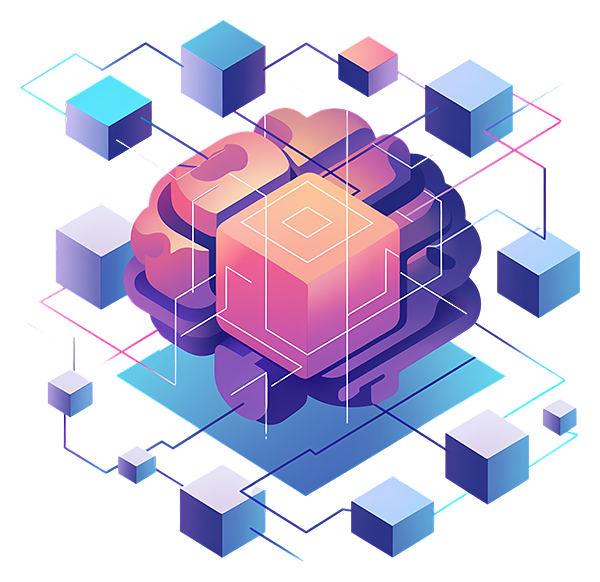Roadmap and Implementation Strategy
Blue Whale Healthcare AI will be implemented in a phased approach, with the initial focus on building the core platform and establishing partnerships within the healthcare industry.-
Phase 1: Platform Development and Pilot Implementation
-
Phase 2: Ecosystem Expansion and Adoption
-
Phase 3: Collaborative Research and Clinical Trials
-
Phase 4: Continuous Innovation and Expansion


